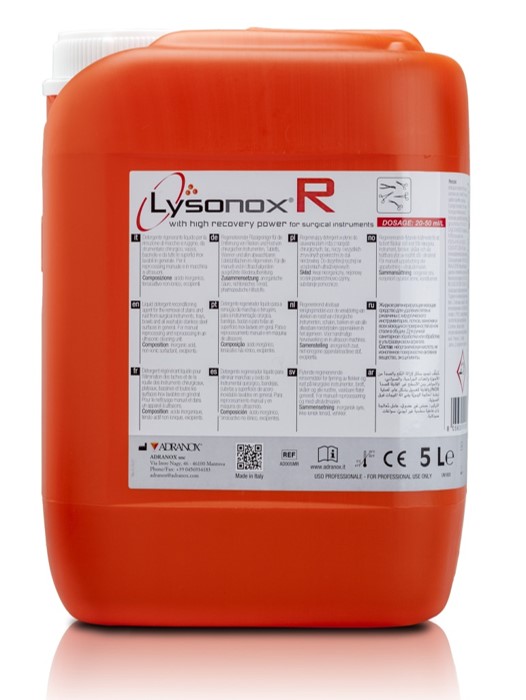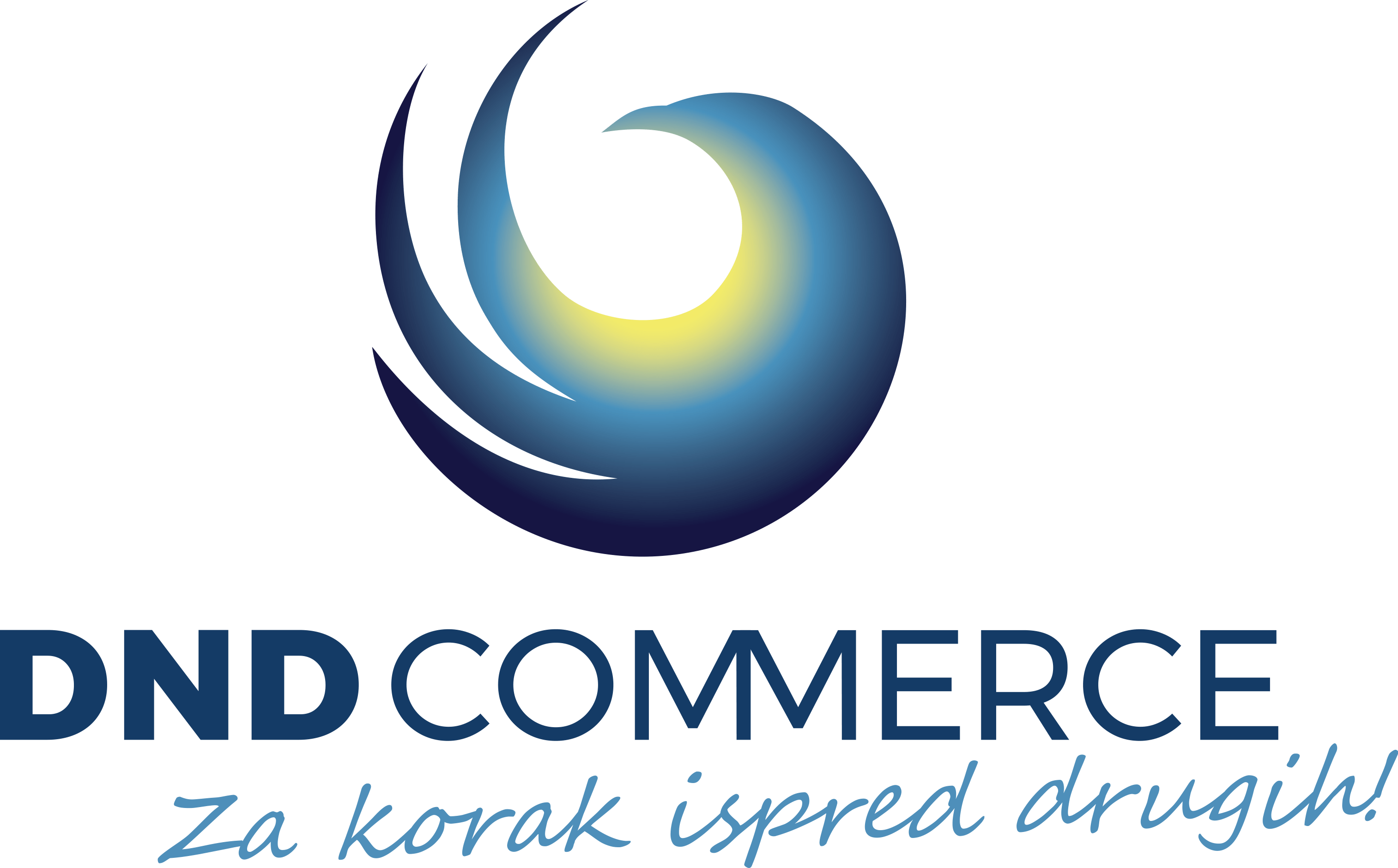Instruments are classified by their funciton:
- Cutting instruments
- Clamping instruments
- Holding instruments
- Protection instruments
- Testing instruments
- Special purpose instruments
We are already familiar with the main surgical instruments: scalpels, scissors, needle counter, forceps, hemostatic forceps, retractors, curette.
Scalpels are oftenassociated with surgery. They are instruments used for cutting tissues.
Scissors are divided into: sharp/sharp, blunt/sharp and blunt/blunt blade; Blades of scissors may be straight or curved, whereas their tips could be pointed or straight.
Needle holder is a surgical instrument used for holding and passing the needle through the tissue during suturing.
Hemostatic forceps, are used mainly to control bleeding in surgical procedures.

Forceps are surgical instruments used for tissue grasping and holding. There are anatomical, surgical and atraumatic forceps.
Retractors are instruments used to hold an incision open, keeping thus a surgical field clear for easier access to deeper tissues.
Care of instruments
Complex instruments’ built and purpose, as well as their infection prevention, makes their proper care most important.
New surgical instrumets should have thier protective film removed before they are being used for the first time, whereas old instruments should remain functional and regain their old cleaning performance.
Cleaning product
How to choose a detergent that will actually meet our needs and expectations?
Our choice is a product that provides – deposit removal, regeneration process, longer life, cost-effectiveness.
In other words, the detergent meeting all our needs is Lysonox R, the product that regenerates and protects instruments.
We care about our patients.
